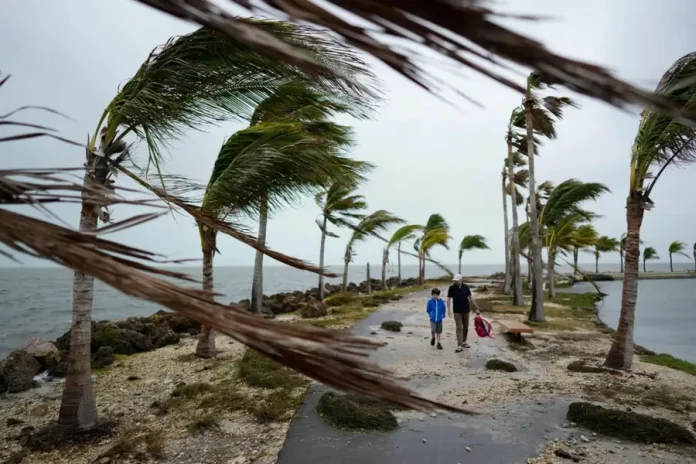For over a year, the Atlantic Ocean has been experiencing unprecedented surface temperatures, but in a dramatic reversal over the past few months, this trend has abruptly shifted, leaving scientists puzzled about the cause.
Throughout June, the Atlantic Ocean’s surface temperatures were notably higher than average, exceeding normal levels by 2 to 5 degrees Fahrenheit (1 to 3 degrees Celsius) in many regions, and in some places, by as much as 9 degrees Fahrenheit (5 degrees Celsius). This warming trend was not an anomaly but rather part of a pattern that had persisted since March 2023, marking a fourth consecutive year of record-setting ocean temperatures.
The excessive warmth in the Atlantic was attributed partly to human-induced climate change and the influence of a particularly intense El Niño event during 2023 and 2024. However, recent observations from the National Oceanic and Atmospheric Administration (NOAA) suggest that this phenomenon is now waning.
NOAA’s data reveals a significant and unexpected cooling of Atlantic sea surface temperatures since May. By June, temperatures had dropped to a degree or two Fahrenheit below the seasonal norm. This cooling trend indicates that the current El Niño might be transitioning into its counterpart, La Niña, which generally brings colder waters to the surface. Both El Niño and La Niña are intricate systems influenced by trade winds, solar radiation, and tropical rainfall, making their predictions complex and uncertain. The abruptness of the temperature change, however, has left experts searching for answers.
Frans Philip Tuchen, a postdoctoral researcher at the University of Miami, remarked to New Scientist, “We’ve explored all possible mechanisms, but none seem to account for the rapid shift we’ve observed.”
The heat wave in the Atlantic had severe environmental repercussions, notably triggering a global coral bleaching event that affected more than 99% of the tropical reefs in the region. Coral bleaching, which occurs when stress causes corals to expel their symbiotic algae, results in starkly white coral structures. This phenomenon not only threatens marine biodiversity but also impairs the reefs’ capacity to mitigate coastal storm impacts and reduce flooding.
The effects of El Niño and La Niña extend beyond ocean temperatures, influencing global economic and health outcomes. Research has shown that El Niño can lead to trillions of dollars in lost GDP worldwide, with these economic impacts potentially lasting for years. Additionally, El Niño conditions can increase the prevalence of diseases, as longer wet seasons create favorable conditions for mosquitoes, harmful algae, and bacteria.


